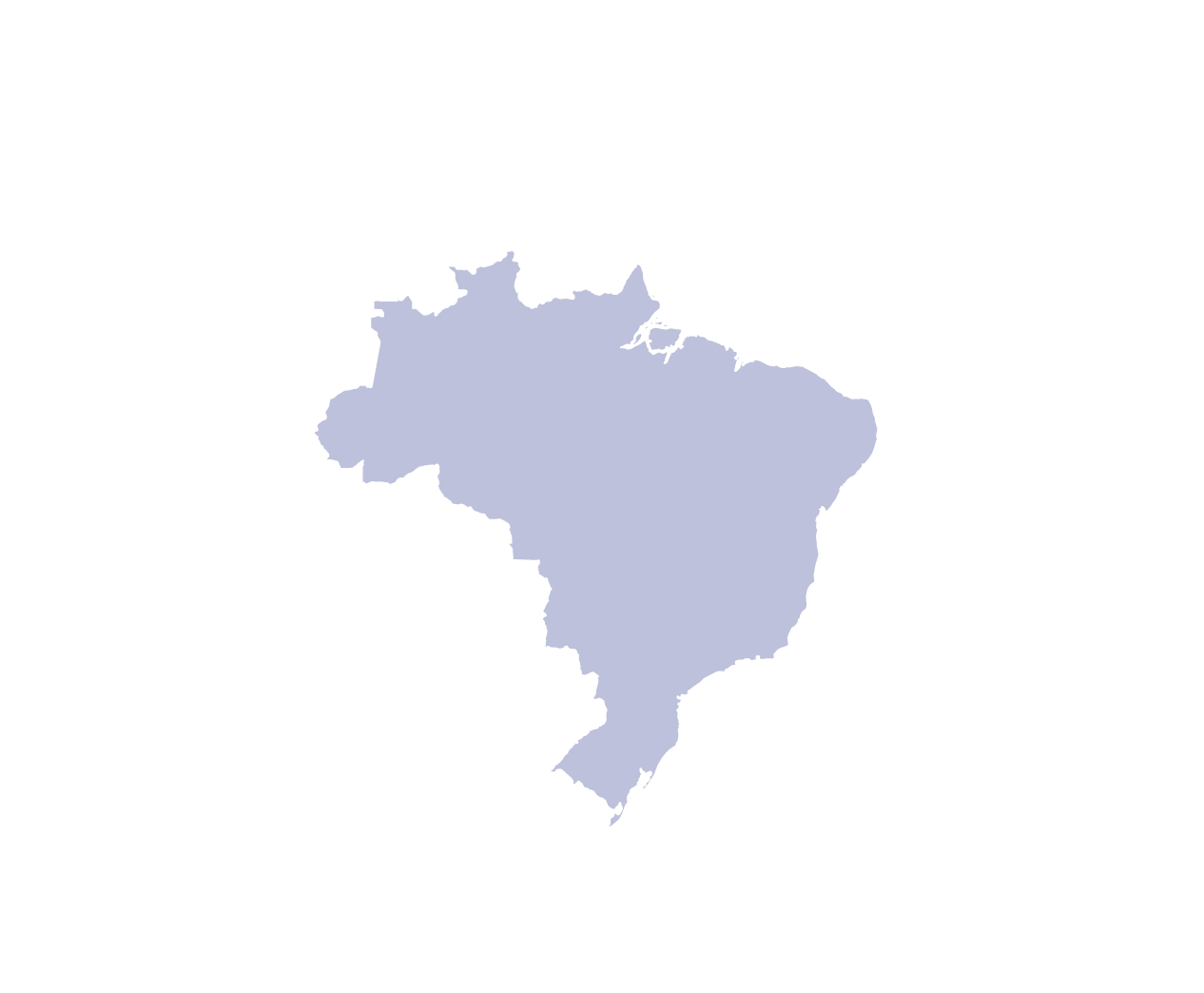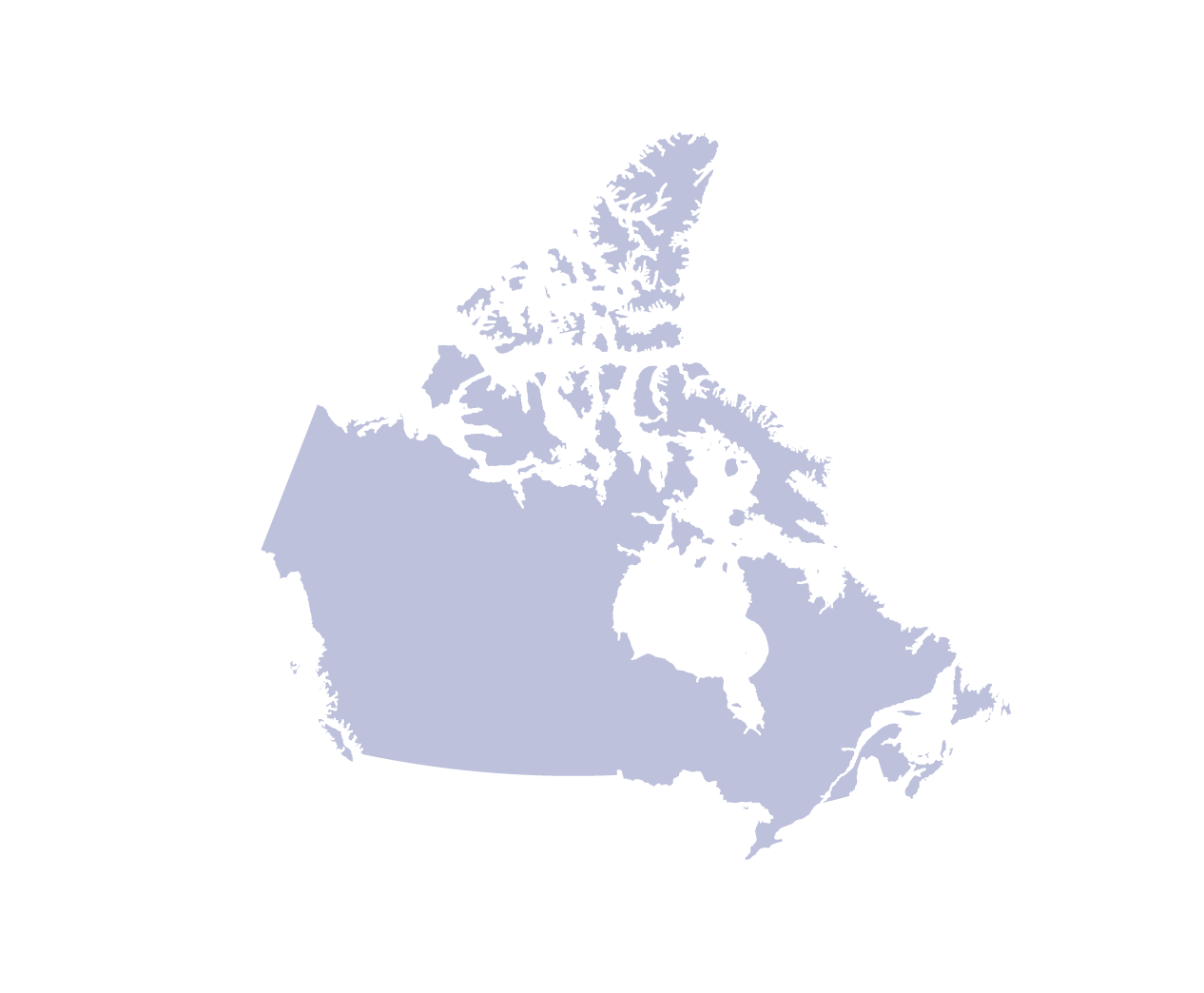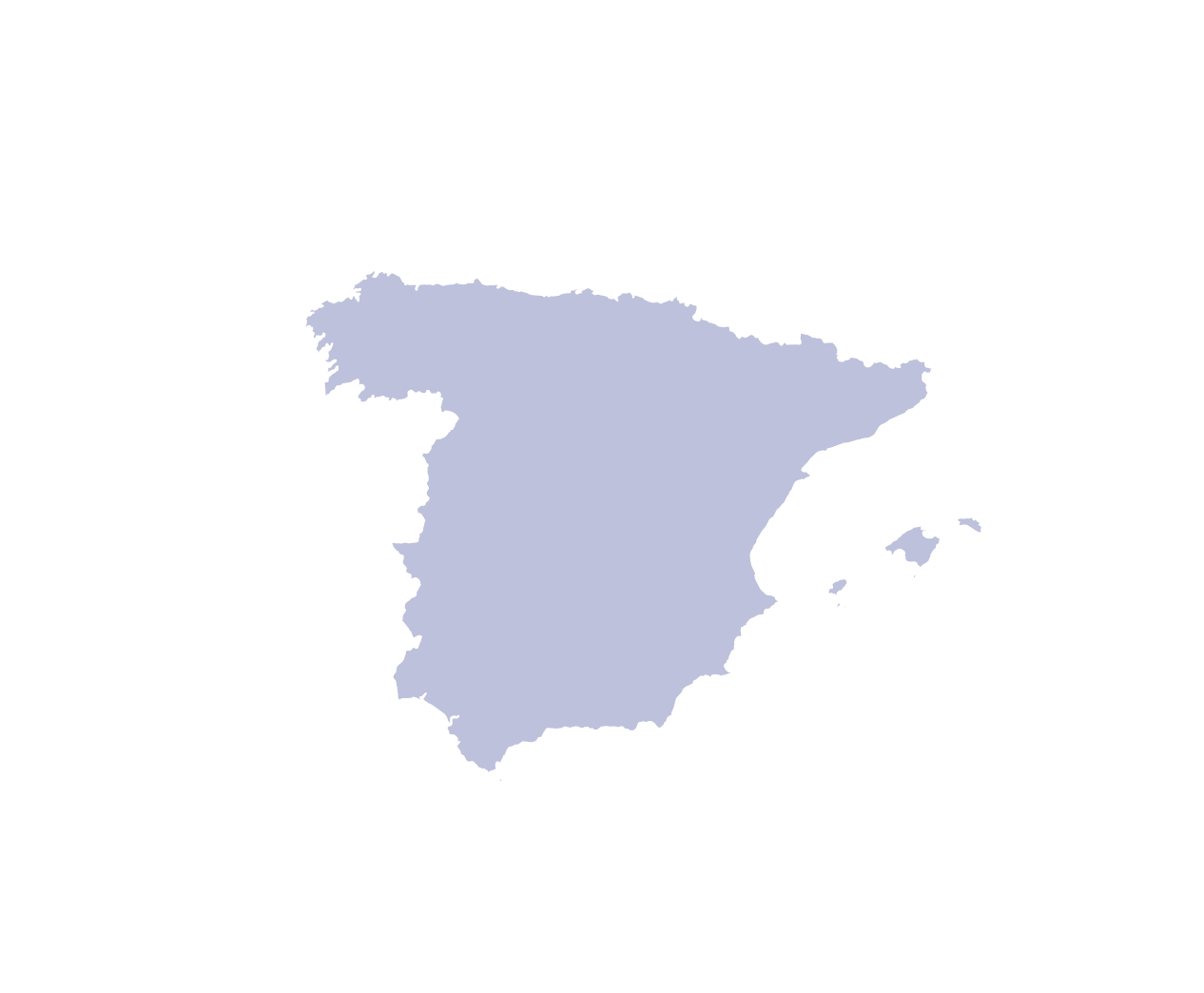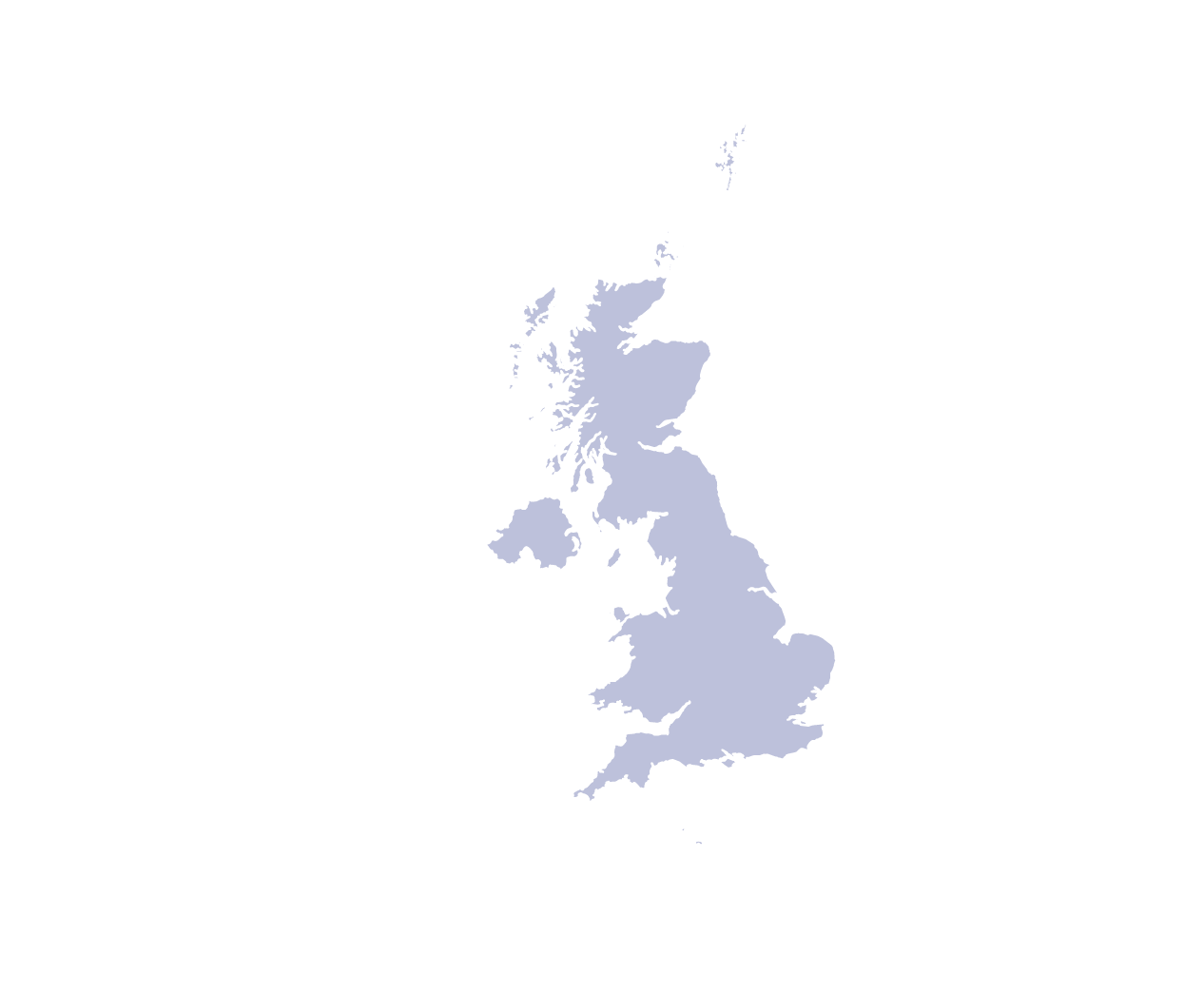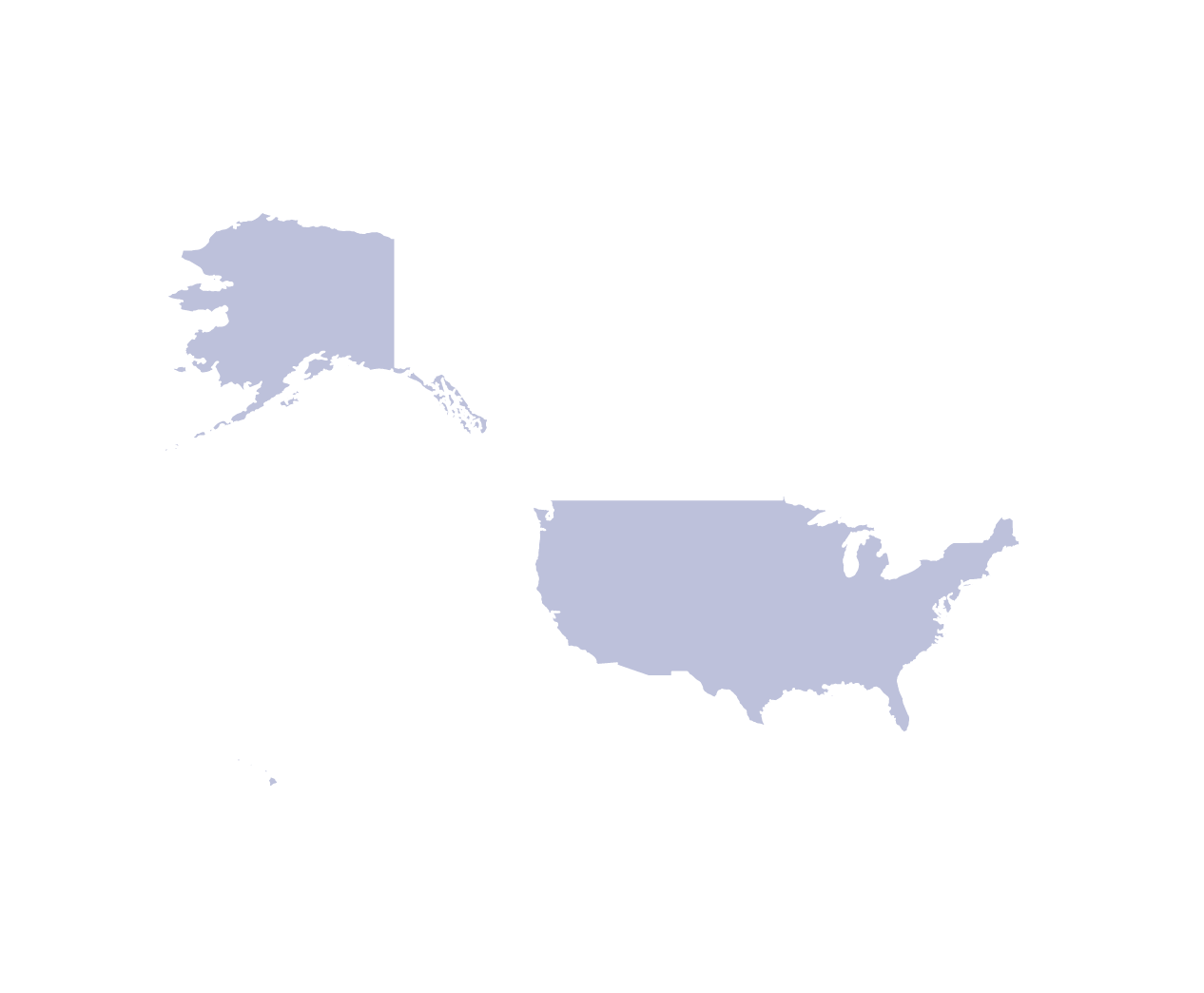
Hanover, the capital of the federal state of Lower Saxony, is not necessarily known as the sunniest place. However, the trend toward solar energy is clearly on the rise there as well. In the first half of 2022, for example, around 17,500 photovoltaic systems with a total of around 320 megawatts were put into operation. The most popular areas for these are house roofs, buildings and facades. And increasingly factory roofs as well. And that’s despite the fact that south-facing roofs with a 30-degree slope are actually the ideal place for photovoltaic systems. Or is that not the case?
Flat roof pros
They are. However, flat roofs not only make it easier to install and later maintain the systems; to ensure that the sun-hungry modules get their money’s worth they are also frequently mounted with an east-west orientation. This spreads power generation more evenly over the day from morning to evening and it also has a positive effect on the yield in winter when the sun is particularly low. “The last few months have shown that companies themselves or the landlords want to use the potential of alternative energy generation, directly on their own roofs,” says Olaf Goldenstein, site manager of Leadec in Hanover. “It’s all about climate protection, savings and more independence. And that’s where photovoltaic systems are a very popular and comparatively inexpensive means.”
Square meters in the thousands range
There are almost no limits to the number of collectors. With the right substructure, the modules can be installed and connected on gigantic surfaces. “Part of the planning phase is to take a close look at the local conditions, measure and evaluate them,” says Holger Beschenboßel, who heads the design department at Leadec in Hanover and knows what is important during installation. “We examine the roof structure, look at the geodata and building data, and then design the system with everything that goes with it.” In addition to the system itself, that includes the associated electrical engineering and the alignment with the grid operator’s infrastructure. The latter is often the limiting factor in the power output of a PV system. “The energy transition is in full swing, but most grid operator’s connections are not yet designed for this,” Holger Beschenboßel says. “At the same time, politics is leading the way here in the direction of full coverage.” In addition, there are delivery difficulties, which mean a delivery time of up to six months for the modules. “In such cases, we are flexible and can offer users alternatives if, for example, one manufacturer’s product is not available but a comparable one is.”
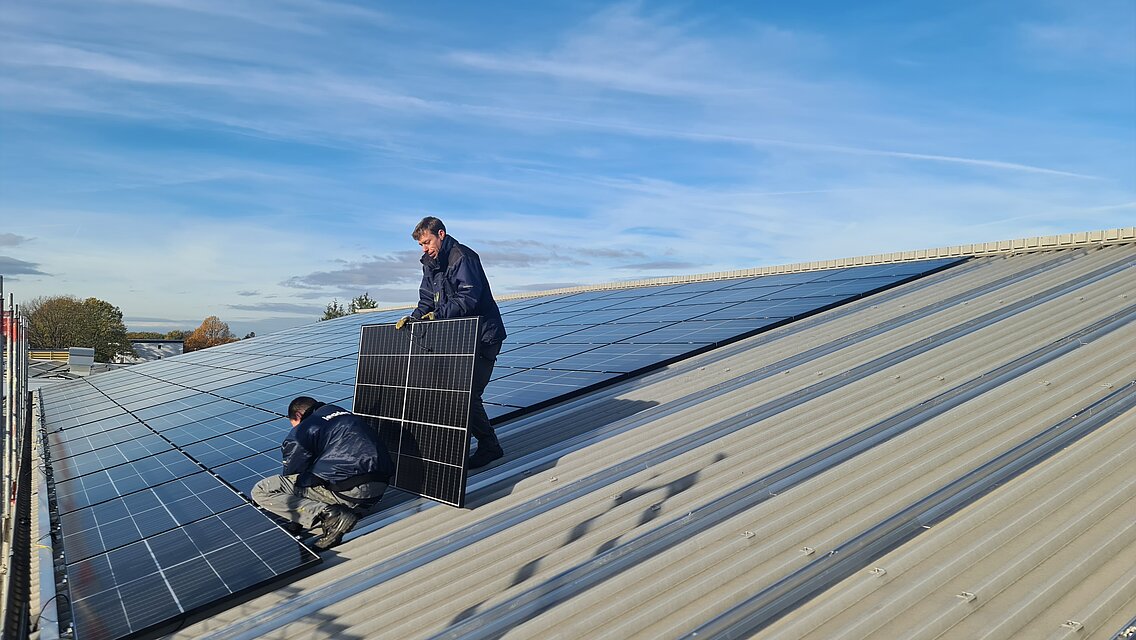
From installation to maintenance
“We specialize in covering the complete package,” says Olaf Goldenstein, for whom a PV project is not over after installation. The Leadec team initially assembles the substructure and mounting rails, carries out the electrical installation and mounts the photovoltaic modules. After successful testing of the system in trial operation, the system can then start work after acceptance by the grid operator. After one to two years of regular operation, the PV system also needs to be checked regularly and serviced if necessary. Leadec offers a variety of services for this, ranging from online remote diagnostics and on-site statutory inspections to the replacement of damaged modules. Leadec’s experts also handle the expansion of existing plants. “As things stand today, systems with an output of between 15 and 99 kWp have paid off after about ten to sixteen years.”
Alternatives to the sun
Even though photovoltaics is considered a comparatively clean energy source – although energy is needed, and waste is produced during the production of the silicon modules and their disposal – it is worthwhile to look beyond solar. Olaf Goldenstein, for example, sees great potential in hydrogen. “From my point of view, hydrogen is the only sensible thing in the long term to use energy in a self-sufficient and environmentally friendly way.” The energy carrier is easy to transport, can be used flexibly and, above all, can be stored directly on site.
Learn more: Photovoltaics at Leadec in Hanover
You may also be interested in the following articles:
Are you interested in our services?
Please send us your request. We would be happy to hear from you.
*mandatory

